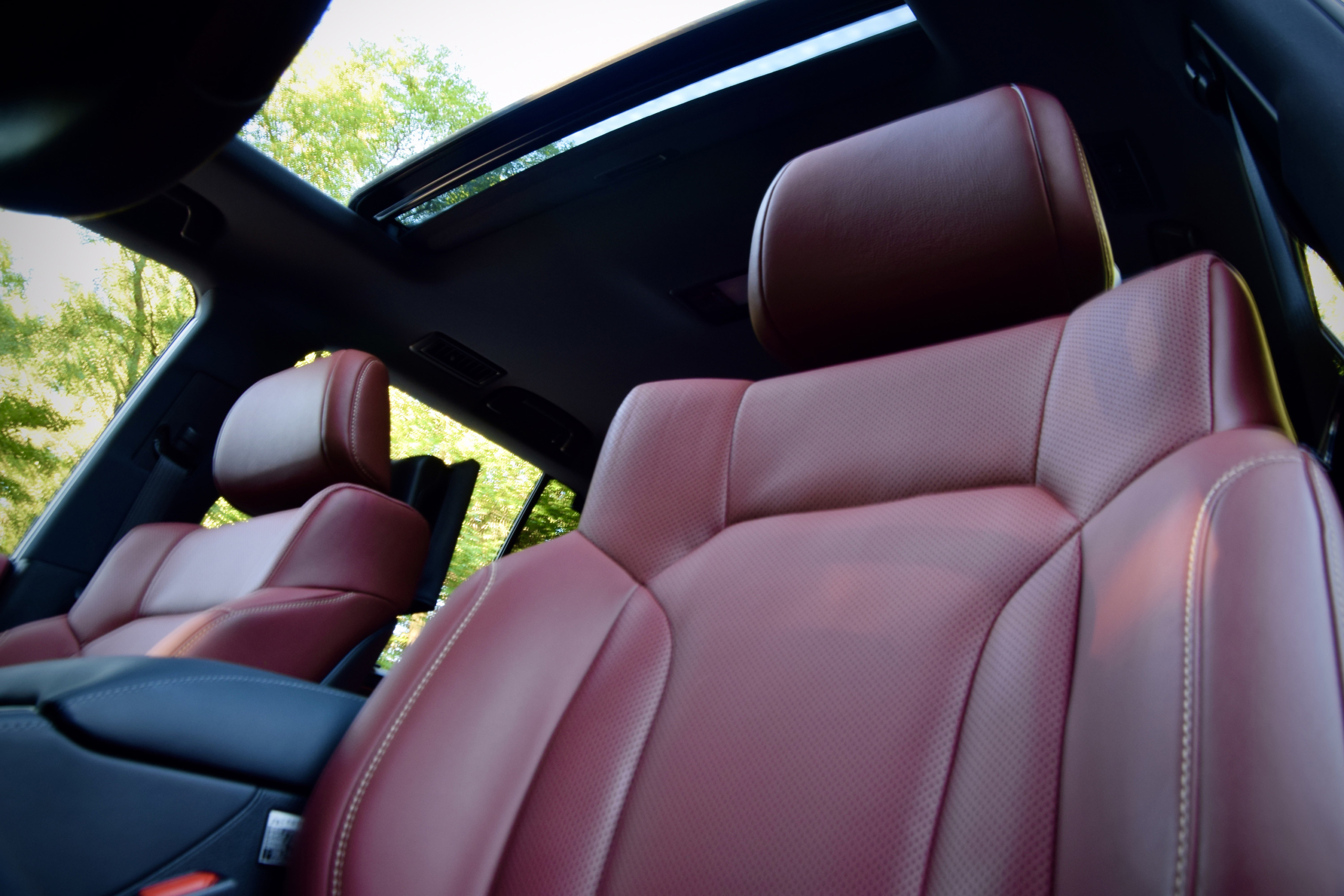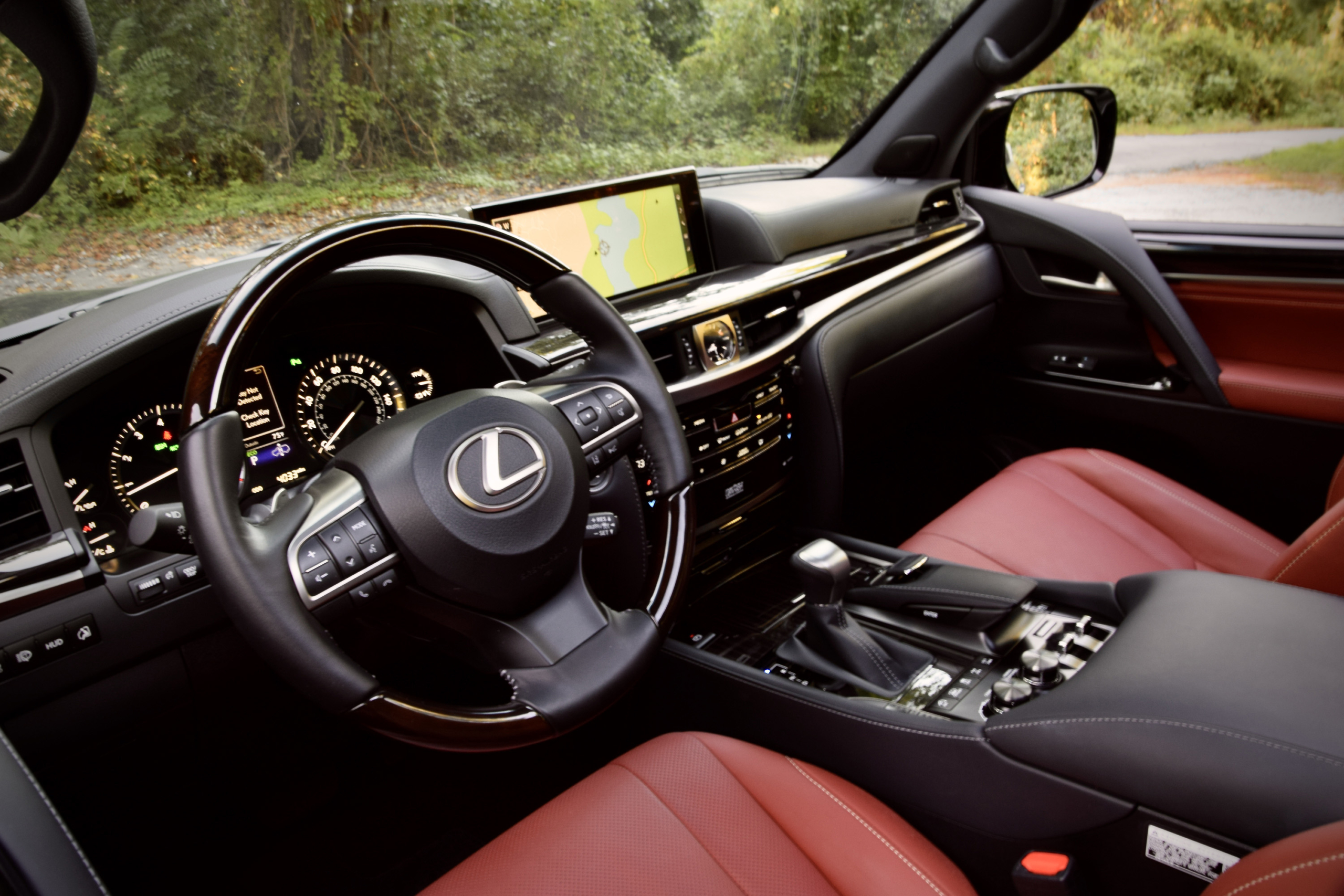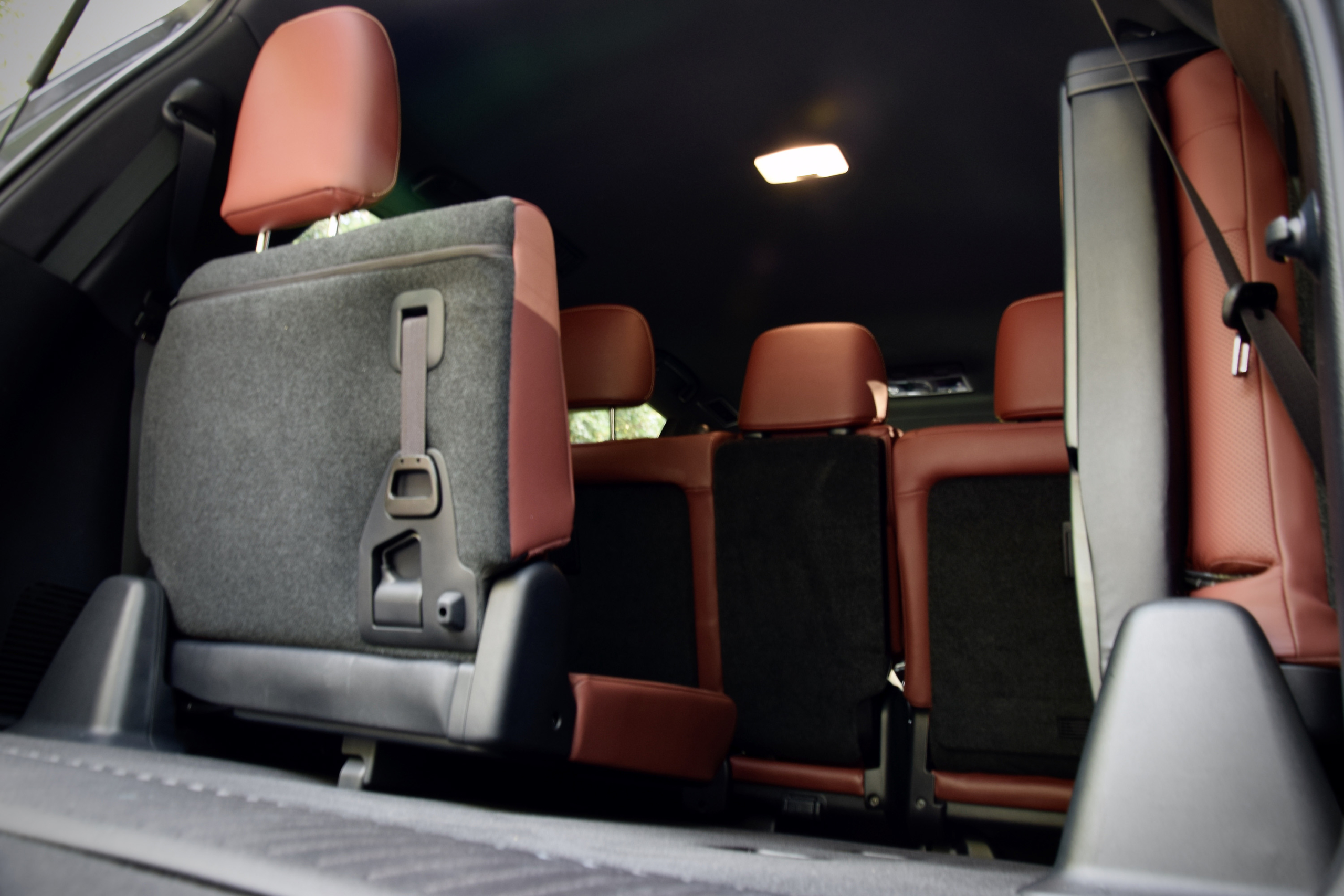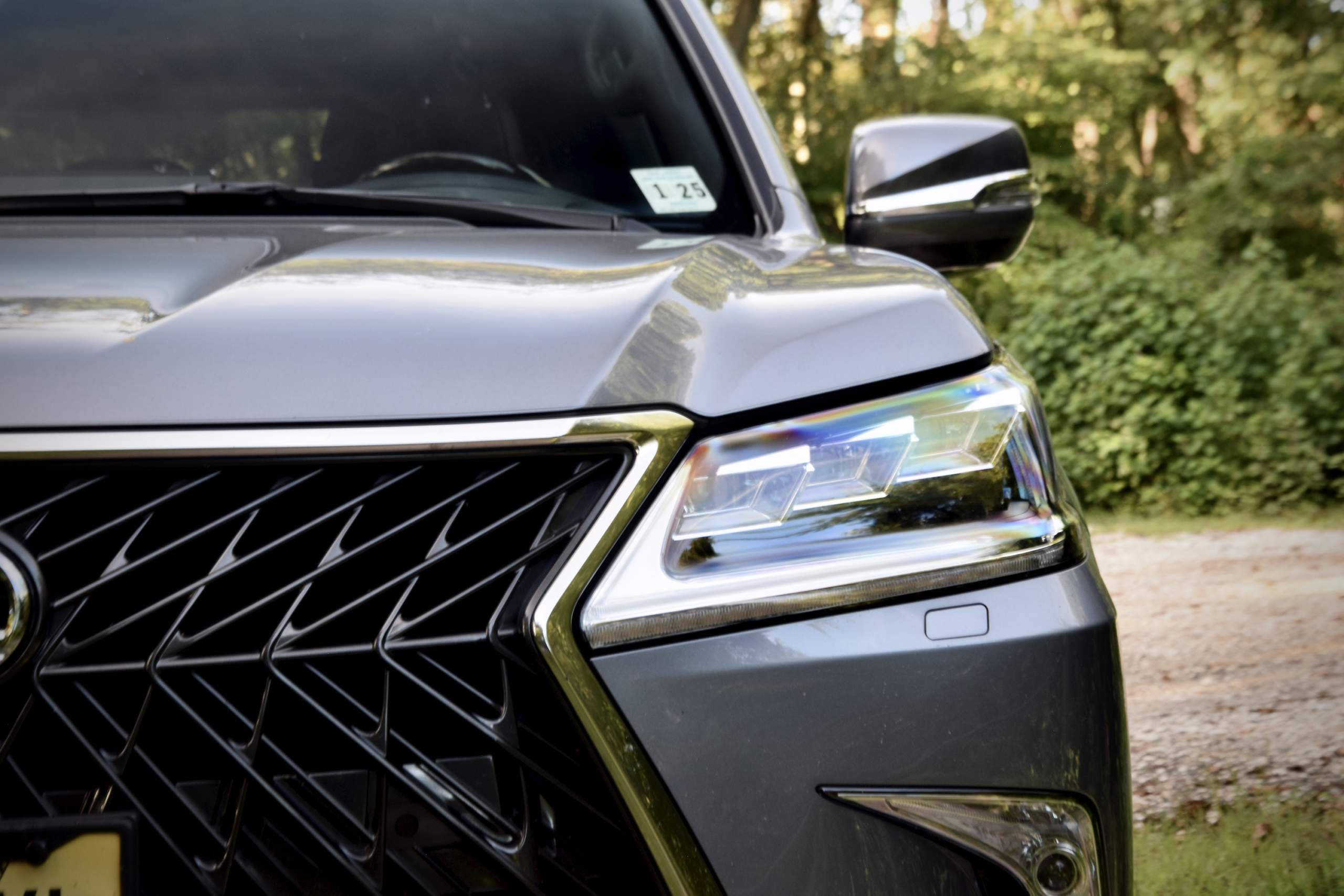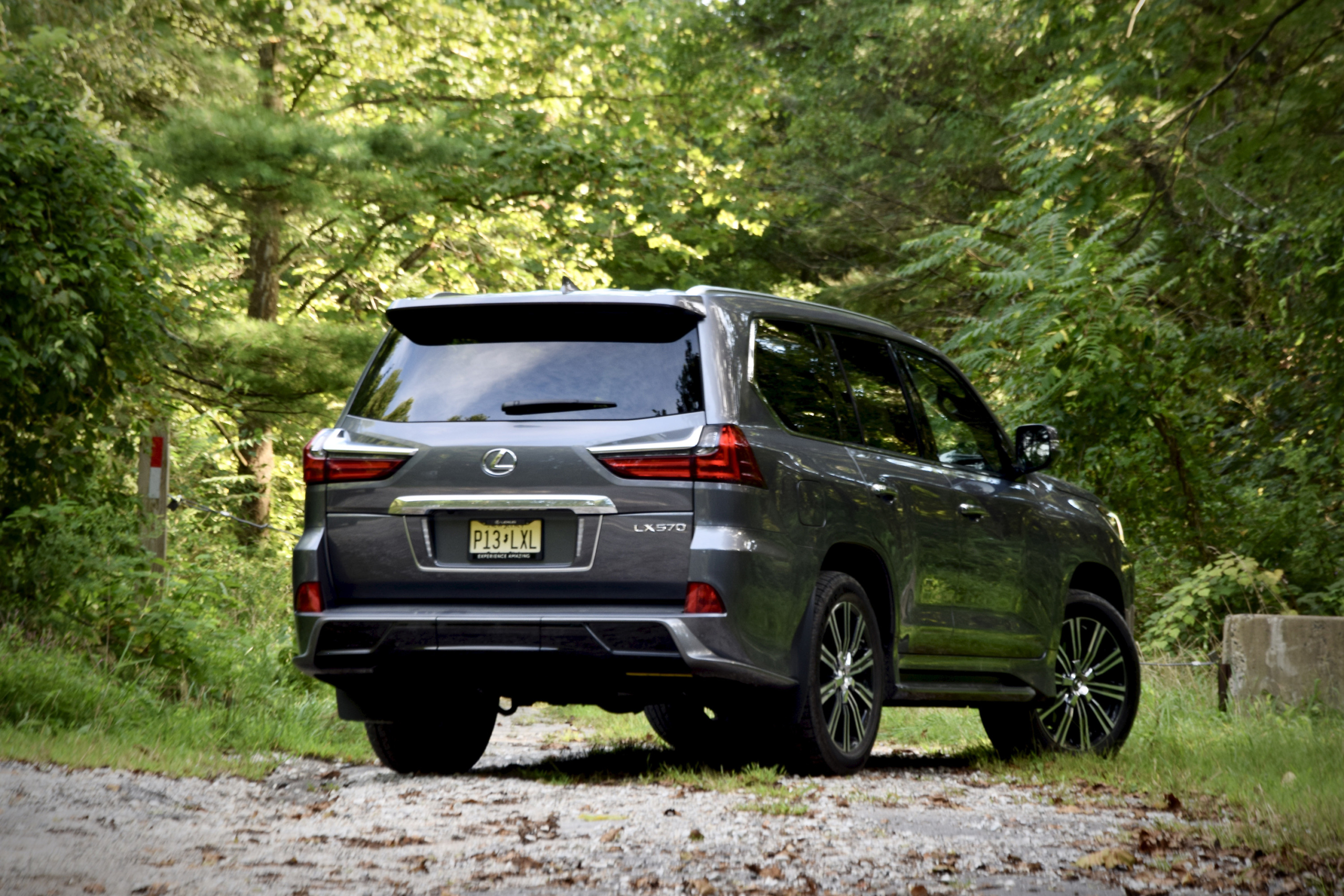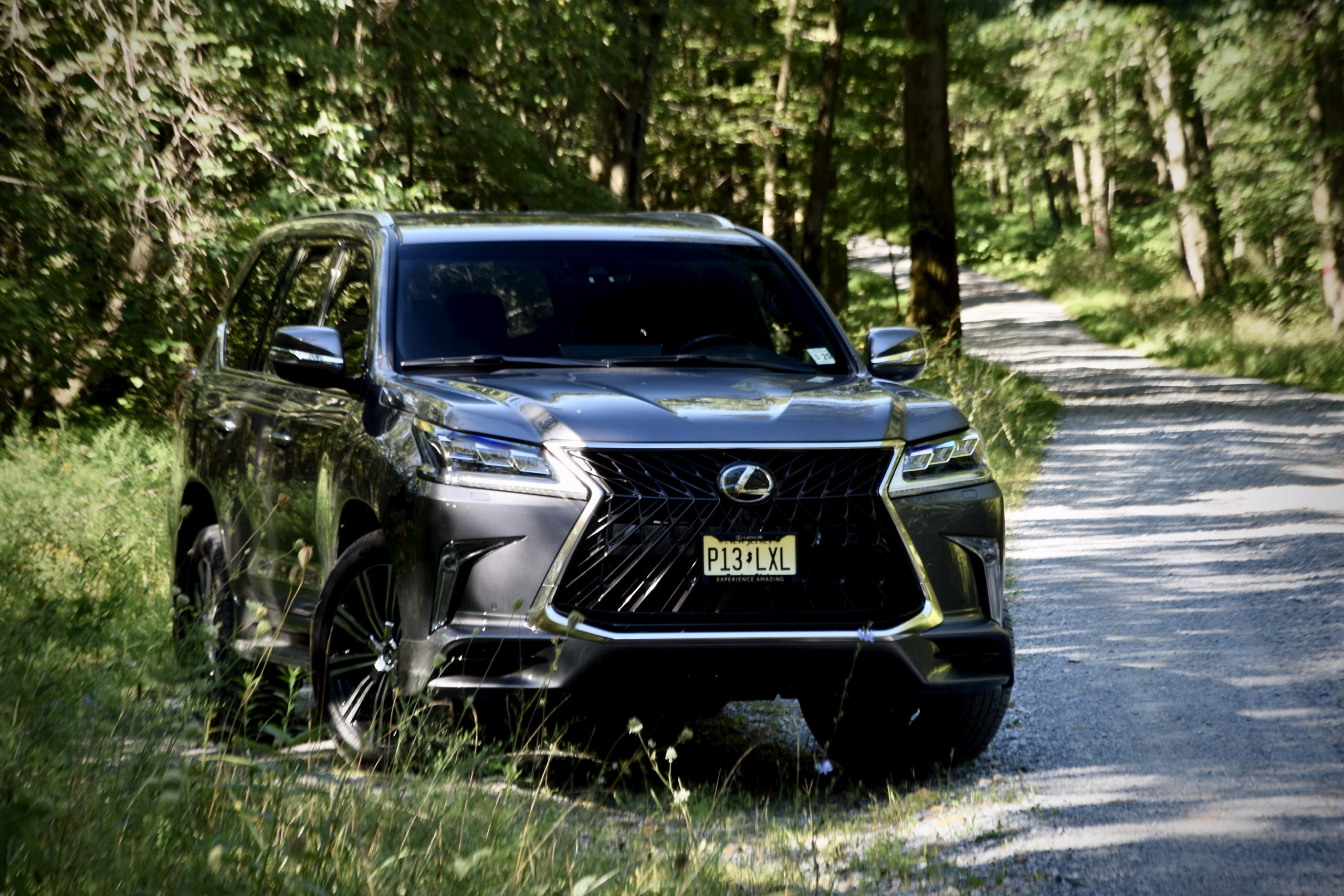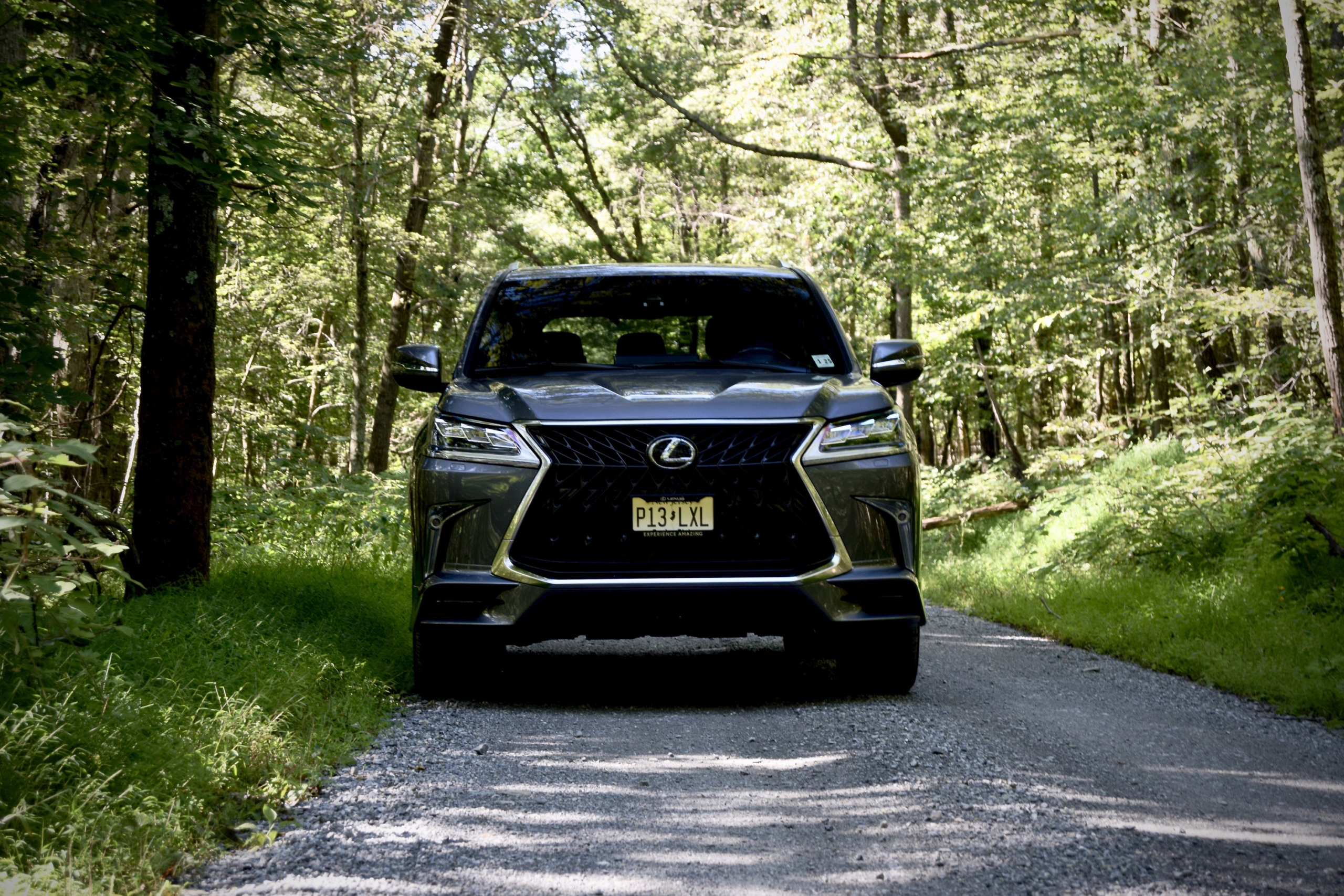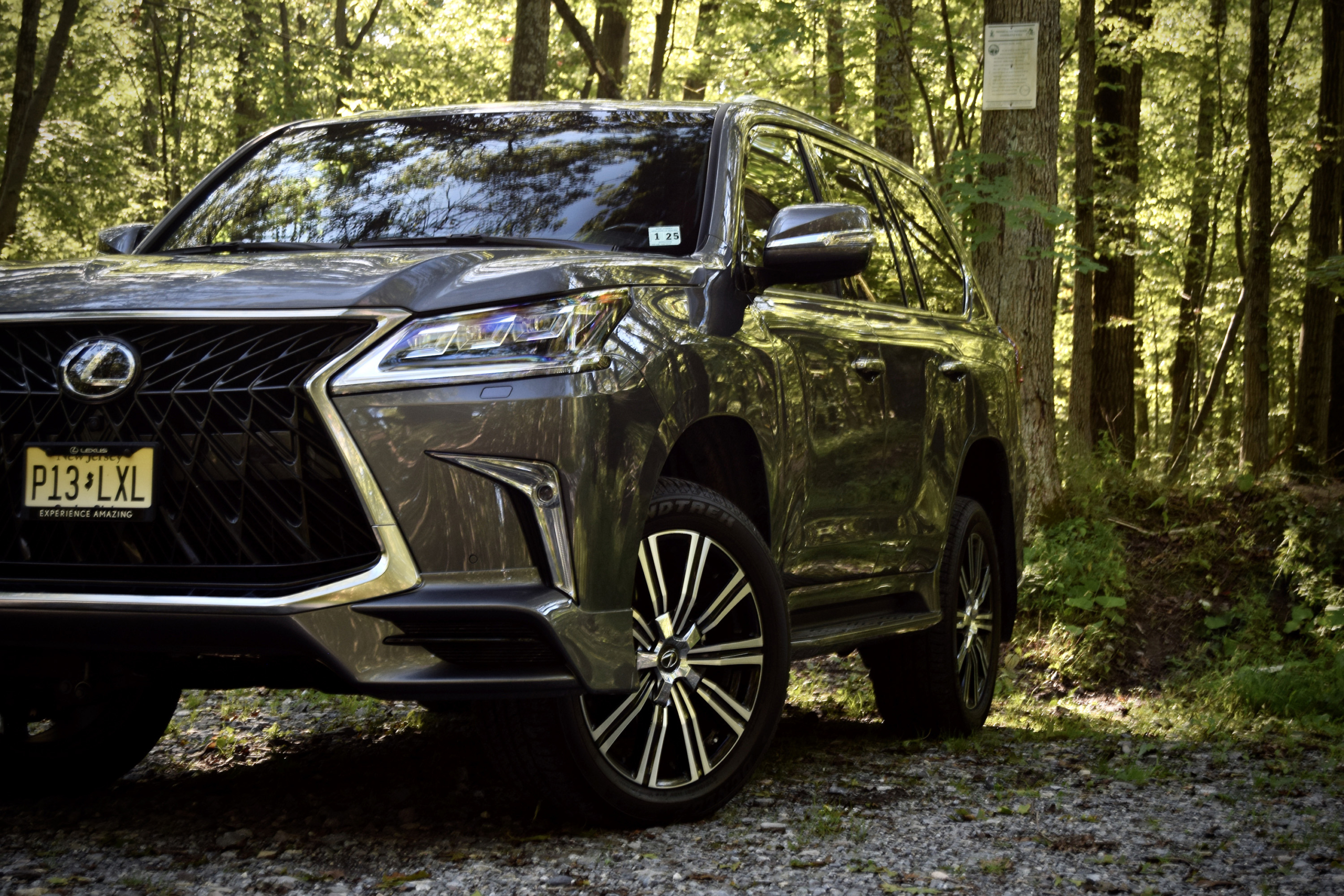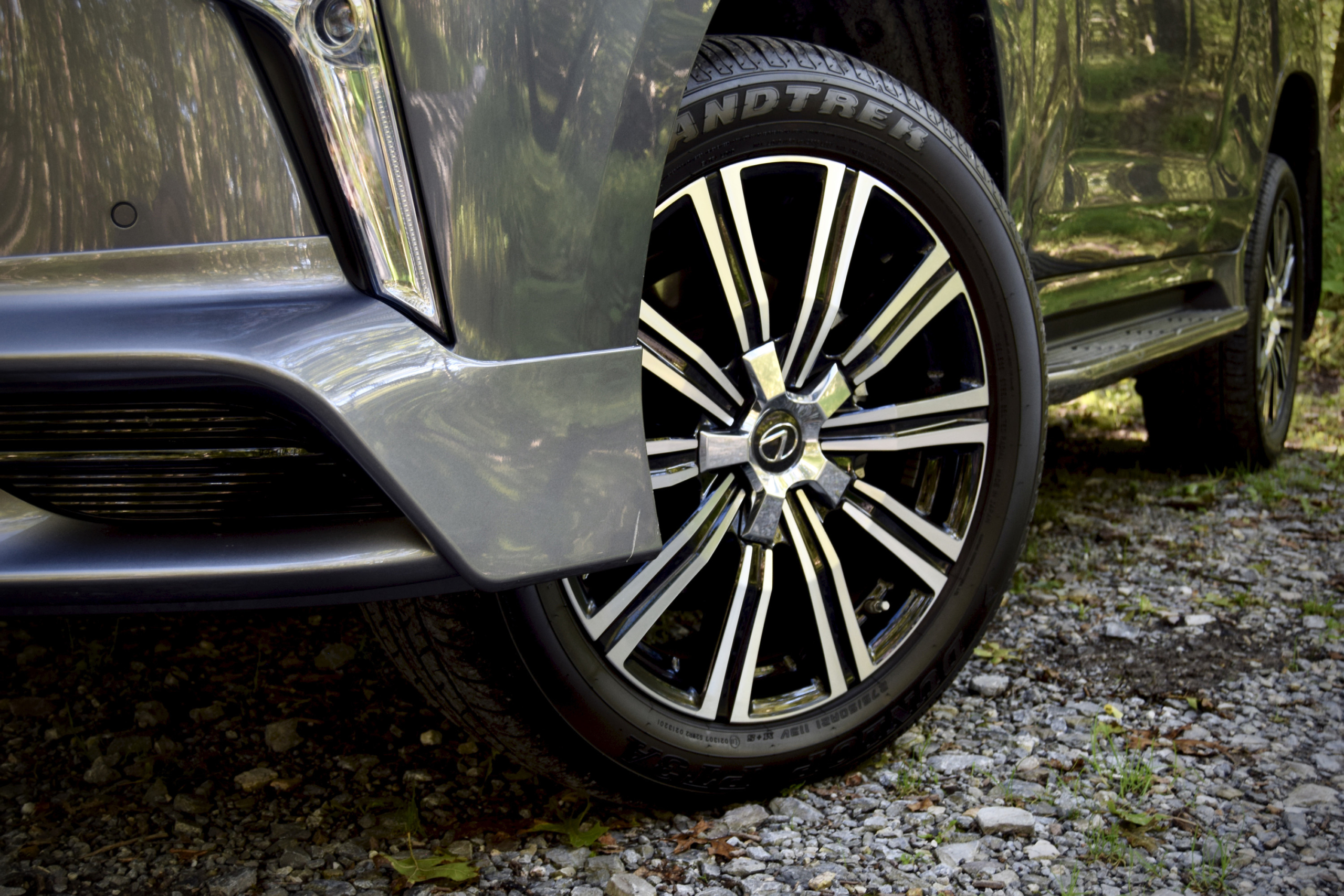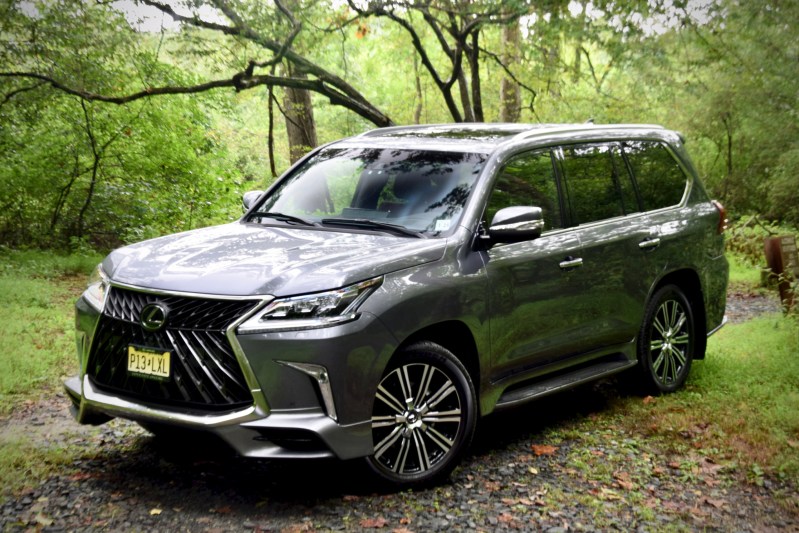
Trying to imagine the ideal consumer for a product is a good procedure to follow when reviewing a product. Unfortunately, for the Lexus LX 570, I have no idea who the ideal consumer is. With its six-figure as-tested price tag, it certainly has to be someone that’s incredibly well to do. But the LX 570’s off-roading prowess, gargantuan V8 engine, enormous stature, and ancient technology also mean it will only appeal to folks that remember when dial-up internet was the rage.
Lexus finds itself in an interesting predicament with its flagship SUV. Now, more than ever, consumers are willing to shell out obscene amounts of money on an expensive SUV. Bentley, Rolls-Royce, Aston Martin, and even Lamborghini have all entered the SUV scene because of consumer interest. One would expect the LX 570, one of the few luxury SUVs to be as old as a pre-teen in its current generation, to be a smashing success. Unfortunately, Lexus only sold 4,718 units of the SUV in 2019.
Age certainly has something to do with it, the LX 570 is one of the oldest SUVs on the market, last being fully updated in 2008. The LX 570 came out at a different time when off-roading was seen as a mandatory ability for an SUV and not just an afterthought. That explains the SUV’s waywardly ride on road, but impressive composure when the tarmac runs out. Few people want to take their $100,000 SUV off-roading, however, and fewer people still want to take six passengers along for the nauseating ride when they climb a mountain. In that regard, the LX 570 sits in a class of two, alongside the Toyota Land Cruiser, as the only large SUVs on the market that have three rows of available seating and the actual off-roading chops to tackle terrain as well as a goat can.
These days, there aren’t too many people that are interested in these qualities. They want something that a valet will park in front of a casino, something that draws an envious stare when pulling up to a Louis Vuitton store, something that can mask those pesky potholes around town because they’re an inconvenience. The LX 570 does none of these things.
What it does instead is act as a reminder of what old-school luxury used to be. The smooth V8, boat-like ride quality on the highway, exquisite fit and finish, and boxy design are trademark qualities of luxury SUVs from yesteryear. Back then, the 12.3-inch would’ve seemed futuristic, and the mouse-like touchpad would’ve been a huge hit. The available rear-seat entertainment system also would’ve been the envy of the neighborhood.
Now, the lack of Apple CarPlay, Android Auto, and Wi-Fi hotspot are annoyances. That touchpad? It makes simple tasks a nightmare, is nearly impossible to use when driving, and needs to be destroyed promptly. The confusing array of buttons on the center console result in some that have no apparent use, the controls for the off-roading equipment take up precious real estate that could be used for other purposes, and the third row isn’t all that spacious. Additionally, when not in use, the third row of seats folds upward into the sides of the body, eating into precious cargo space.
In 2020, the LX 570 doesn’t make much sense. Too old, too outdated, too rigid to change. Yet, if your heart is set on having only the nicest of vehicles to go on an adventure in, you really can’t do better than the LX 570. Deep in the Frederick Municipal Forest, where cellphone coverage drops, the only roads available are dirt trails, and some areas of soil are made of rotten fish, the LX 570 acts as an adventure mobile to get away from the city.
Somehow, the SUV, even on the massive 21-inch tires, feels more at home on rocky terrain than it does around town. With air suspension, an available electronic locking differential, and various off-road modes, anything short of climbing up Mount Kilimanjaro seems like child’s play to the LX 570.
Get Lexus’ flagship into its element and the SUV certainly makes a case for hanging around. Unfortunately, few will ever get to enjoy the LX 570 in an area where it shines, only noticing its downfalls in the daily drive. Normally, this would be a shame, but it isn’t in the LX 570’s case because anyone that wanted one purchased one a long time ago.
At the moment, it’s time for Lexus to bring a proper flagship SUV to the market, one that puts on-road comfort, technology, and a modern design as more pressing qualities than climbing like a mountain goat. Put the LX 570 to rest, Lexus, while a few people are still rooting for it. Pretty soon, the SUV will be held in the same light as mullets, overalls, Lugz boots, and mood rings.

